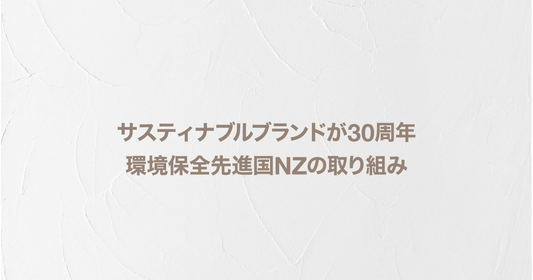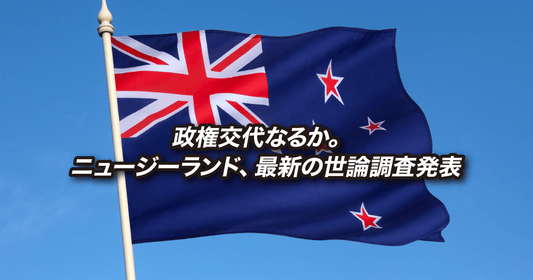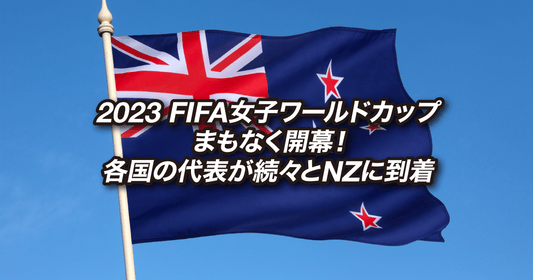
In response to the spread of the new coronavirus infection, a state of emergency was declared in Japan early in the new year for Tokyo, Saitama, Chiba, and Kanagawa prefectures. On the other hand, New Zealand has contained the virus and life has returned to normal.
The quick border closure last year and the thorough nationwide lockdown for more than four weeks proved effective, but the border closure remains in place. Only citizens or permanent residents and those with special permission from the government can enter from overseas. Furthermore, upon entering the country, people are immediately sent to a hotel quarantine facility regardless of whether they test negative or positive, and are subjected to two weeks of thorough quarantine.
Between January 8 and 10, 31 people were confirmed as infected by travelers entering the country, more than ever before. Fortunately, there has been no community transmission, and all positive cases are being isolated in facilities in Auckland and Hamilton on the North Island, and Christchurch on the South Island.
Variants from the UK and South Africa also confirmed
After examining the genetic sequence, it was found that 19 of the 31 cases were highly infectious variants of the virus from the UK. In addition, one variant identified in South Africa on December 13 last year was also found.
This article lists the infection situation at quarantine facilities over the New Year holidays, including which country the positive cases came from and what day after entering the country they tested positive. Positive cases of people entering the country are not always discovered upon entering the country, but can be discovered in tests conducted on the third or twelfth day after entering the country, or in tests conducted when a positive case occurs in the same quarantine facility.
Strict protocols are in place, daily health checks are carried out on quarantined individuals, and enhanced controls are in place to ensure that staff working in quarantine do not carry the virus outside the facility.
Fishermen enter the country from Russia and Ukraine
Eleven of the new positive cases were among 190 fishermen who entered the country from Russia and Ukraine on the 6th. These fishermen were apparently gathered in New Zealand to resume deep-sea fishing activities as large fishing boats remain anchored in the country.
The CEO of Seafood New Zealand (the organization that brings together the seafood industry in New Zealand) commented that the suspension of deep-sea fishing has already caused great damage to seafood companies. If it is not resumed, it will be a major problem because it will not be possible to protect jobs at seafood processing plants in New Zealand. For this reason, the government made the decision in October last year to give special permission for fishermen to enter the country.
A total of 800 fishermen and others involved in deep-sea fishing are scheduled to enter the country, but many of them have tested positive in tests conducted before heading to New Zealand, so it will likely take some time for them all to enter the country. In addition, the cost of isolating the fishermen is enormous, but the damage caused by the halt in deep-sea fishing is greater than that.
When it comes to New Zealand seafood available in Japan, mussels and salmon come to mind.
Muscle is sometimes featured on the takeaway menu at Bokumo , the restaurant run by Iwasu, the sommelier who runs this website, so be sure to check it out!
New Zealand virus tracking app
New Zealand also has a coronavirus contact tracing app called NZ COVID Tracer , similar to the smartphone app COCOA released by Japan's Ministry of Health, Labor and Welfare.
What makes this app different from the Japanese one is that QR codes are posted at various facilities, so if you scan them, you can record where you have been. If you test positive, you can trace where you were infected. Currently, this QR code has been scanned more than 150 million times in Japan, and more than 6 million records of where you have visited are being made each day.
The app has about 2.4 million registered users, which is a pretty large number considering New Zealand's population is 5 million.
The Unite Against COVID-19 Instagram account , which disseminates information about the new coronavirus by the government, allows users to easily see the number of positive cases for the day.
There were four new cases of infection on January 11, all of which were people who had entered the country from overseas. The total number of positive cases nationwide is now 73 people who have entered the country from overseas, all of whom are in quarantine. There are zero community infections. In order to maintain this zero community infection rate, further strengthening of management at quarantine facilities is expected.





